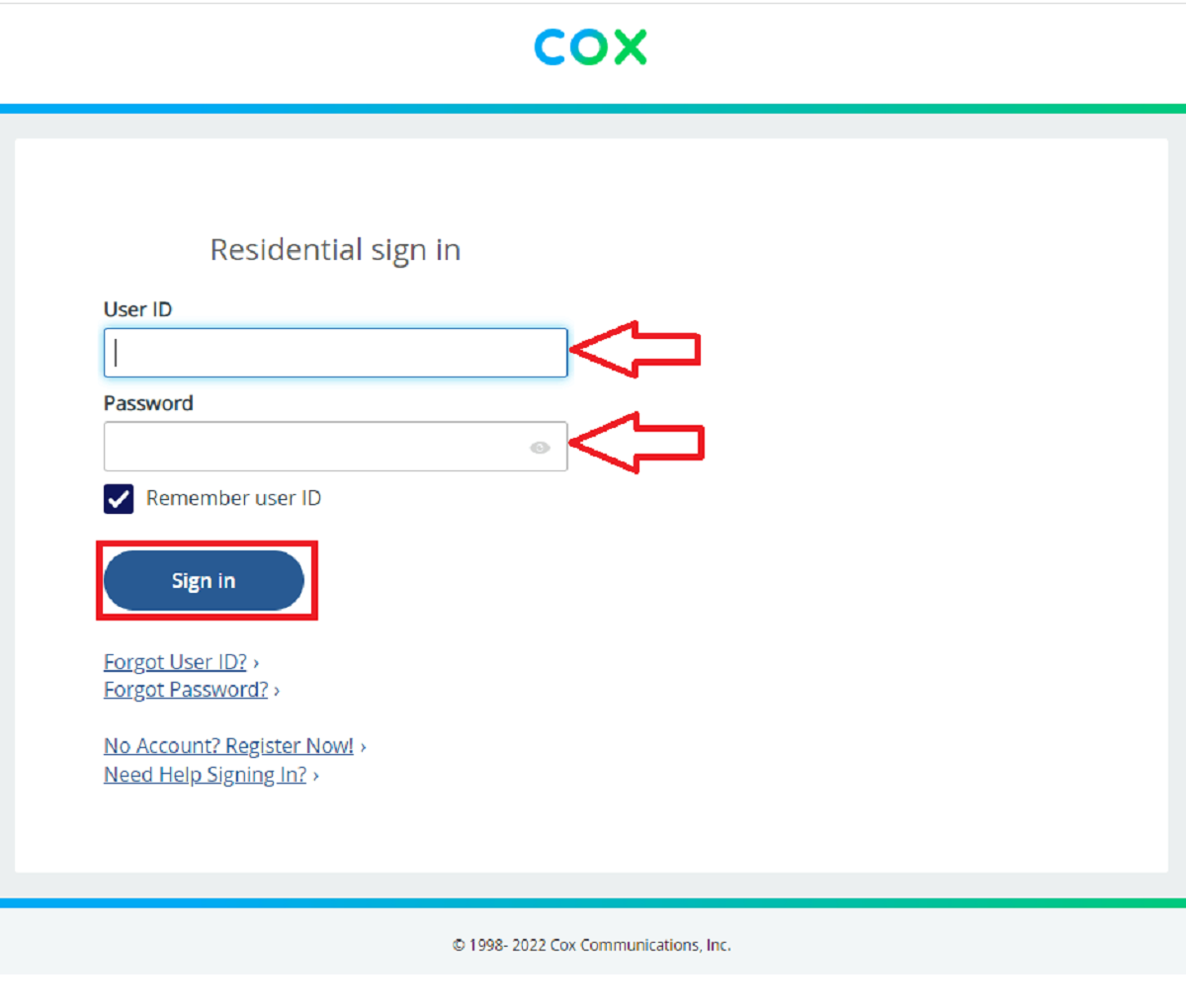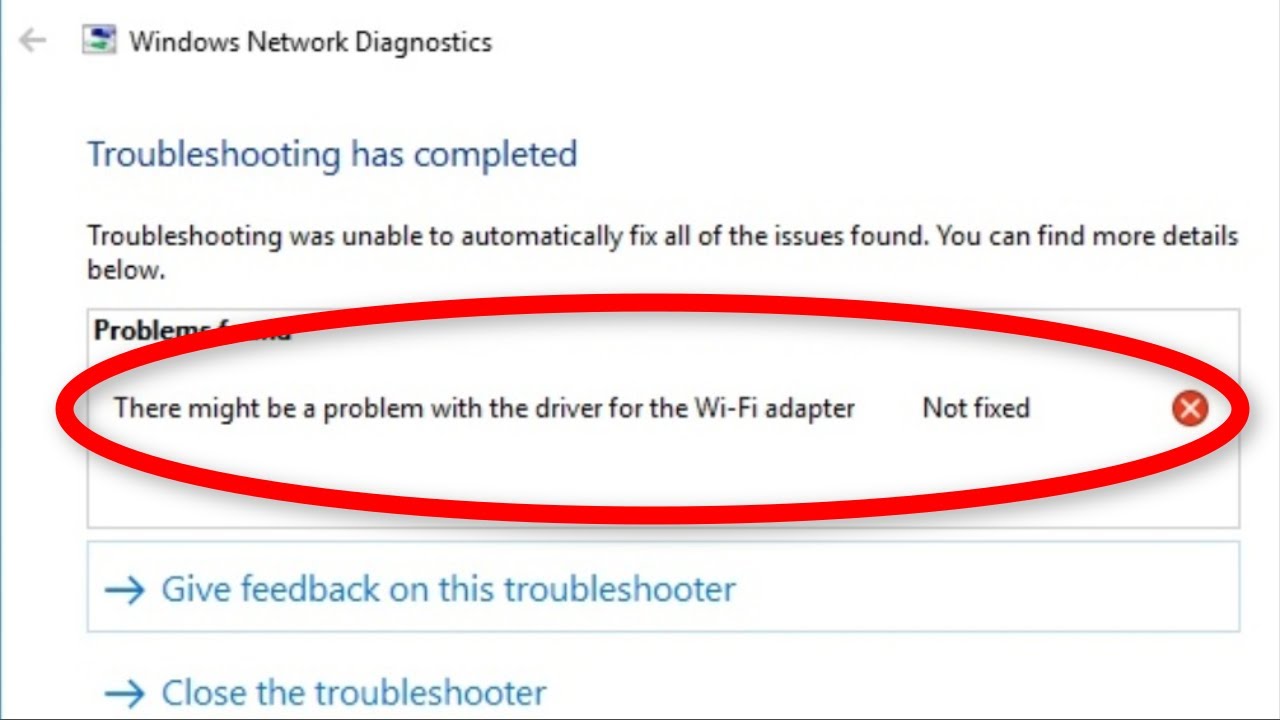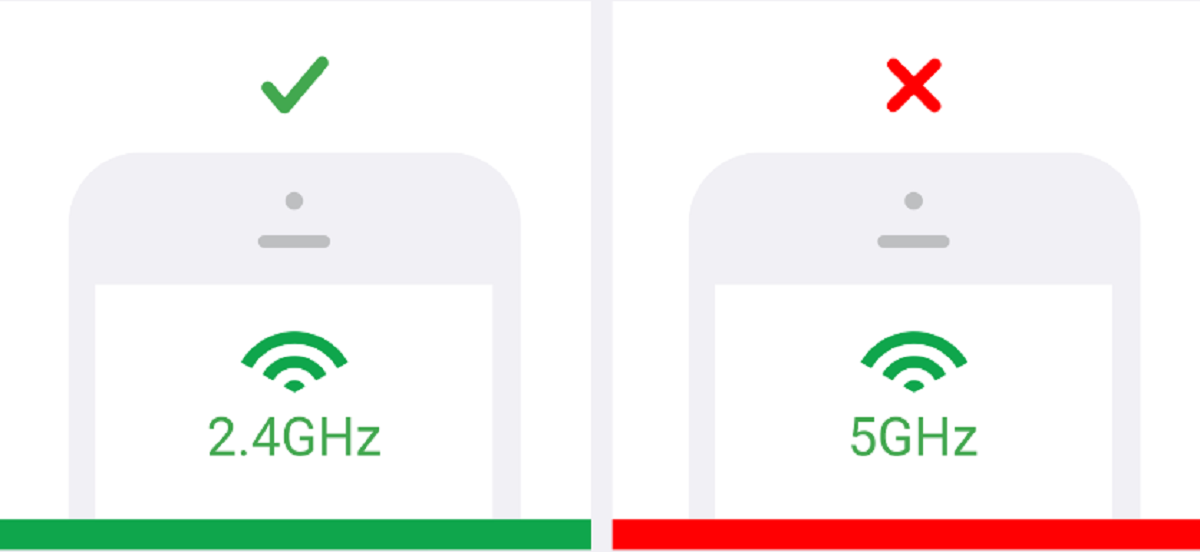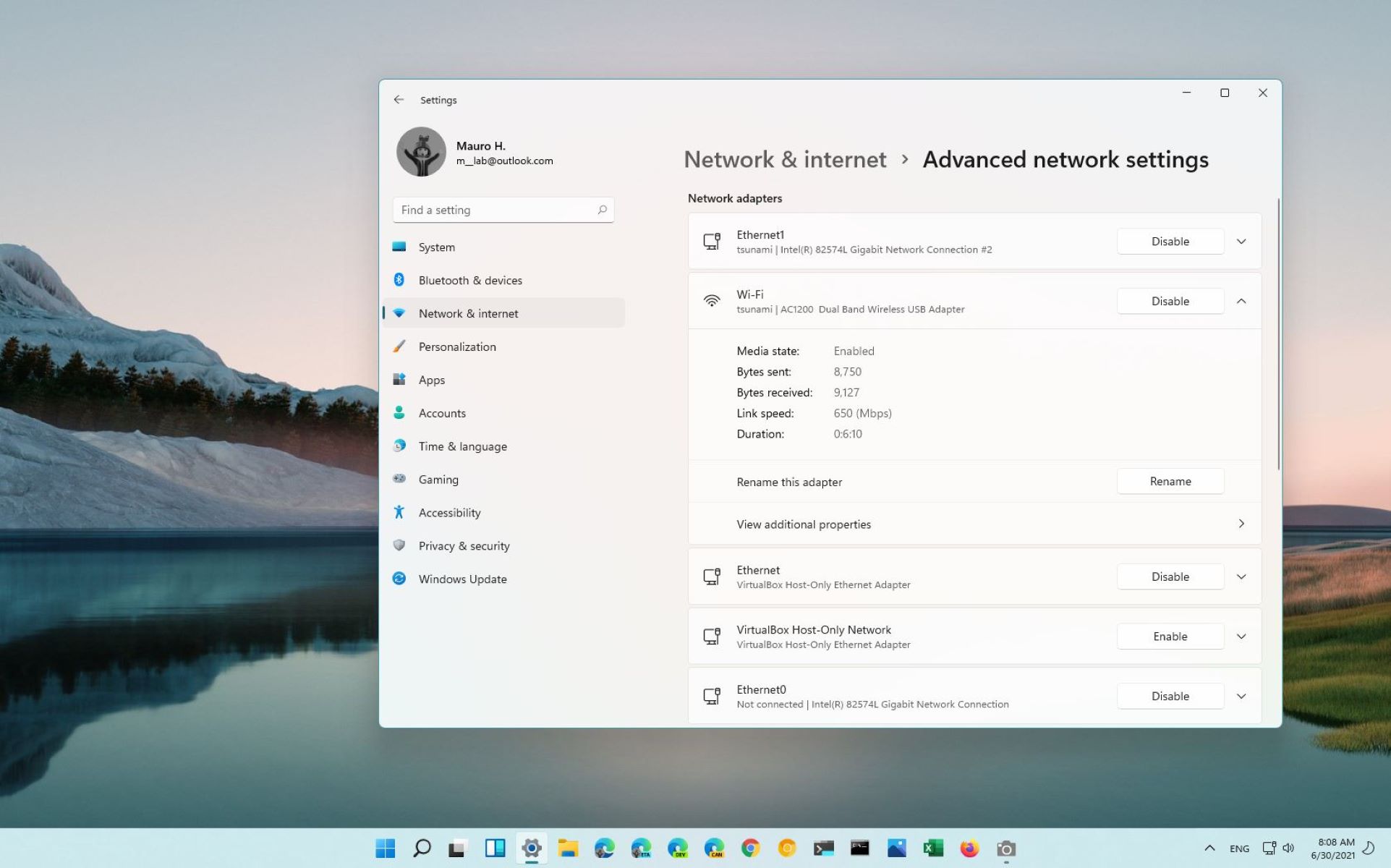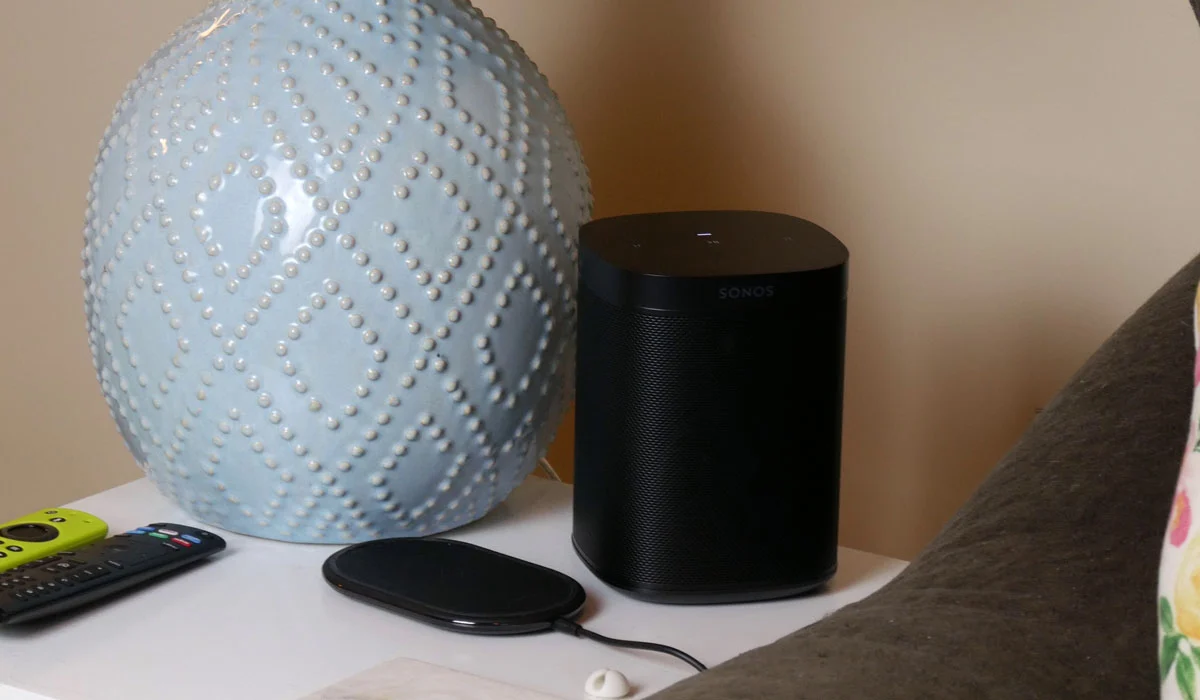Introduction
Having a stable and reliable Wi-Fi connection is essential in today’s digital age. Whether it be for work, entertainment, or staying connected with loved ones, a strong Wi-Fi signal is necessary. However, there are times when things don’t go as planned, and you find yourself disconnected from your Wi-Fi network. The good news is that reconnecting your Wi-Fi doesn’t have to be a daunting task. With a few troubleshooting steps, you can get back online in no time.
In this guide, we will explore various methods to help you reconnect your Wi-Fi. Please note that these steps may vary slightly depending on your device and operating system. However, the underlying principles remain the same.
Before we dive into the troubleshooting steps, it’s important to understand that Wi-Fi connectivity issues can occur due to a range of factors. It could be a problem with your router, a device-specific issue, or even a network configuration error. By systematically checking each potential cause, you can quickly identify and resolve the issue.
So, if you’re ready to get your Wi-Fi connection back up and running, let’s start troubleshooting!
Check your router
The first step in troubleshooting a Wi-Fi connection issue is to check your router. Your router serves as the central hub for your Wi-Fi network, so if there’s a problem with it, it could be the cause of the disconnection.
Start by ensuring that your router is powered on and connected to a power source. Check if the power indicator light is lit or if any error lights are flashing. If there’s no power or if there are any error lights, try unplugging the router from the power source, waiting for a few seconds, and plugging it back in. This can sometimes resolve temporary glitches or power-related issues.
Next, examine the physical connections of your router. Ensure that the Ethernet cable connecting your modem to the router is securely plugged in. It’s also a good idea to check if the Ethernet cable itself is not damaged or frayed. Additionally, make sure that all the cables connecting your devices to the router are properly inserted.
Take a look at the indicator lights on your router. Different router models have different indicator light patterns, but generally, you should see lights indicating power, internet connectivity, and Wi-Fi signal. If any of these lights are off or flashing, it could indicate a problem with your router or internet connection. Consult your router’s user manual or manufacturer’s website for specific troubleshooting instructions.
If you’ve confirmed that your router is powered on, physically connected, and the lights are displaying normally, it’s time to perform a router restart. In some cases, routers can encounter temporary technical issues that can be resolved by a simple restart. To do this, locate the power button on your router, usually found on the back or side, and press it to turn off the router. Wait for a few seconds, and then press the power button again to turn it back on. Give the router a few minutes to fully reboot and establish a stable connection.
Checking your router should be the first step in troubleshooting a Wi-Fi connection issue. By ensuring that the router is powering on, physically connected, and functioning properly, you can eliminate any potential hardware issues that may be causing the disconnection.
Check your device
While your router is an integral part of your Wi-Fi network, it’s also important to check your device to ensure it’s properly connected and configured. There are several factors related to your device that could be causing the Wi-Fi disconnection.
Firstly, check if the Wi-Fi on your device is turned on. Many devices have a physical switch or a toggle in the settings that allows you to enable or disable Wi-Fi. Double-check that Wi-Fi is enabled and that your device is actively searching for available networks.
If your device is connected to multiple networks, such as both Wi-Fi and cellular data, it’s possible that the connection is automatically switching between the two. This can lead to intermittent Wi-Fi disconnections. To prevent this, you can manually disable the cellular data connection or prioritize Wi-Fi over cellular data in your device’s settings.
Another common issue is having a weak Wi-Fi signal. The distance between your device and the router, as well as any physical barriers like walls or furniture, can affect the strength of your Wi-Fi connection. Move closer to the router and see if the connection improves. Additionally, consider using a Wi-Fi range extender or positioning your router in a more central location to ensure better coverage throughout your space.
Sometimes, the Wi-Fi problem may be specific to one device. If your other devices are connecting to the Wi-Fi network without any issues, try restarting the problematic device. This can clear any temporary glitches or bugs that may be affecting the connection.
Furthermore, it’s worth checking if your device’s Wi-Fi drivers or software are up to date. Outdated or incompatible drivers can cause connectivity problems. Visit your device manufacturer’s website and download the latest drivers or software updates specifically for your device model.
If you’re still experiencing Wi-Fi connectivity issues on your device, it may be helpful to forget the network and reconnect. This eliminates any saved settings or configurations that may be causing conflicts. To forget the network, go to your device’s Wi-Fi settings, find the network name (SSID), and select the “Forget” or “Remove” option. Then, reconnect to the network by selecting it from the list of available networks and entering the correct password.
By checking your device, you can identify and resolve any device-specific issues that may be causing the Wi-Fi disconnection. Ensuring that Wi-Fi is enabled, managing network switching, optimizing signal strength, updating drivers/software, and performing a network reset can all contribute to a more stable connection.
Restart your router
Restarting your router is often an effective solution for resolving various Wi-Fi connectivity issues. It helps in clearing any temporary glitches or conflicts that may be causing the disconnection.
To restart your router, follow these steps:
- Locate the power button on your router. It is usually located on the back or side of the device.
- Press the power button to turn off the router.
- Wait for about 10-15 seconds.
- Press the power button again to turn the router back on.
- Wait for a few minutes for the router to fully reboot and establish a stable connection.
Restarting your router can also help in resolving issues related to network congestion or memory overload, which can occur when the router has been running for an extended period of time without a restart.
While many routers have a dedicated power button, some models may require you to unplug the power cord from the device and plug it back in after waiting for a few seconds. Refer to your router’s user manual or manufacturer’s website for specific instructions.
In addition to restarting your router, it’s a good idea to also restart the devices that are experiencing Wi-Fi connectivity issues. This can help in refreshing the network connections on the devices and establishing a more stable connection to the restarted router.
By restarting your router, you can resolve temporary networking issues and increase the chances of reconnecting to your Wi-Fi network successfully. It’s a simple yet effective troubleshooting step that can save you time and frustration.
Ensure the correct password is entered
One of the common reasons why you may be unable to connect to your Wi-Fi network is an incorrect password. This can happen if you recently changed your Wi-Fi password or if you accidentally entered the wrong password.
To ensure that you are entering the correct password, follow these steps:
- Double-check the password you are entering. Wi-Fi passwords are case-sensitive, so make sure you are using the correct capitalization.
- If you are uncertain about the password, check the router’s documentation or the sticker on the router itself. Most routers come with a default Wi-Fi password printed on a label.
- If you’ve changed your Wi-Fi password in the past and can’t remember it, you may need to reset your router to factory settings. Keep in mind that this will erase any custom settings you’ve configured on the router.
If you are having trouble remembering your Wi-Fi password, consider using a password manager to securely store and retrieve all your passwords. This can ensure that you have quick access to the correct password whenever needed.
Additionally, if you suspect that someone else might have changed your Wi-Fi password without your knowledge, you can access your router’s settings by typing its IP address into a web browser. From there, you can log in and modify the Wi-Fi password to regain control of your network security.
If the password is correct but you are still unable to connect, it’s worth trying to forget the network and reconnect. This will remove the saved network settings on your device and give you the opportunity to re-enter the password from scratch.
By ensuring that you are entering the correct Wi-Fi password, you can eliminate a common issue that may be preventing you from reconnecting to your network. Take the time to double-check the password and make any necessary adjustments for a successful connection.
Forget the network and reconnect
If you’re encountering persistent Wi-Fi connection issues, forgetting the network and reconnecting can help resolve the problem. Sometimes, saved network settings or configurations on your device can cause conflicts or prevent a successful connection. Forgetting the network essentially erases these settings, allowing you to reconnect with a clean slate.
To forget the network and reconnect, follow these steps:
- Go to the Wi-Fi settings on your device. This can usually be found in the settings menu.
- Locate the Wi-Fi network name (SSID) that you’re having trouble connecting to.
- Select the network and choose the option to Forget or Remove the network.
- Confirm the action to remove the network from your device’s saved Wi-Fi networks.
- Once the network is forgotten, go back to the Wi-Fi settings and select the same network from the list of available networks.
- Enter the correct Wi-Fi password when prompted, ensuring that you enter it accurately.
By forgetting the network and reconnecting, you’re essentially starting the connection process from scratch. This can resolve any conflicts or misconfigurations that may have been causing the connection issue.
It’s worth noting that forgetting the network will also remove any other saved settings, such as static IP configurations or DNS server settings. Keep this in mind if you have made any custom changes to the network settings on your device.
In some cases, it may also be necessary to perform a power cycle on your device after forgetting the network. This involves turning off your device, waiting for a few seconds, and then turning it back on. This can help ensure that your device is fully refreshed and ready to establish a new connection.
By forgetting the network and reconnecting, you give yourself the opportunity to establish a fresh connection to your Wi-Fi network. This step can help resolve any lingering issues or conflicts that may be preventing a successful connection.
Update your device’s software
Keeping your device’s software up to date is crucial for optimal performance and compatibility, including maintaining a stable Wi-Fi connection. Outdated software can sometimes cause connectivity issues, so it’s essential to regularly check for and install any available updates.
To update your device’s software, follow these general steps:
- Check for system updates on your device. This can typically be found in the settings menu, under “Software Update” or a similar option.
- If an update is available, download and install it. Depending on your device and the size of the update, this process may take several minutes.
- Once the update is installed, restart your device. This can help ensure that all changes from the update are fully implemented.
Software updates often include bug fixes, security patches, and performance improvements, which can address underlying issues that may be affecting your Wi-Fi connection. By keeping your device’s software up to date, you can increase the likelihood of a stable and reliable Wi-Fi connection.
It’s also worth mentioning that updating your device’s software can address compatibility issues with your Wi-Fi network. In some cases, older device software may not be fully compatible with the latest Wi-Fi standards or security protocols. Updating to the latest software version can help ensure seamless compatibility and a more secure connection.
If you’re unable to find any system updates on your device or if the update doesn’t resolve the Wi-Fi connectivity issue, you can also consider updating the firmware on your router. Router firmware updates are specific to the manufacturer and model of your router. Visit the manufacturer’s website for instructions on how to check for and install the latest firmware update for your router.
By keeping your device’s software up to date, you’re taking proactive steps to maintain a stable Wi-Fi connection. Regularly checking for and installing system updates can help address any software-related issues and ensure compatibility with the latest Wi-Fi standards.
Reset your router to factory settings
If you’ve exhausted all other troubleshooting options and are still unable to reconnect to your Wi-Fi network, resetting your router to its factory settings may be a necessary step. This process restores the router to its original configuration, erasing any customized settings or configurations that may be causing the connectivity issue.
It’s important to note that resetting your router to factory settings will remove any changes you’ve made to the network settings, including Wi-Fi passwords, DHCP configurations, and port forwarding rules. Consequently, you will need to reconfigure your router after the reset.
Here’s how you can reset your router to factory settings:
- Locate the reset button on your router. It is typically a small pinhole button that can be found on the back or bottom of the device.
- Using a paperclip or a similar small object, press and hold the reset button for about 10-15 seconds.
- Release the reset button. The router’s lights may flash or change during this process, indicating that the reset is in progress.
- Wait for the router to reboot and initialize itself. This can take a few minutes.
Once the reset is complete, your router will be restored to its factory settings. It’s now necessary to reconfigure your router by following the manufacturer’s instructions or using the setup wizard provided by the router interface.
During the reconfiguration process, you will need to set up a new Wi-Fi network name (SSID) and password. It’s advisable to use a strong and unique password to ensure the security of your network.
Resetting your router to factory settings is a last resort when all other troubleshooting methods have failed. It helps eliminate any complex configuration issues or software conflicts that may be causing the Wi-Fi connectivity problem.
If, after resetting your router, you are still unable to connect to your Wi-Fi network, it’s recommended to contact your router manufacturer’s customer support or seek assistance from a professional technician who can further diagnose and resolve the issue.
Contact your internet service provider
If you’ve tried all the troubleshooting steps mentioned earlier and are still unable to reconnect to your Wi-Fi network, it may be time to reach out to your internet service provider (ISP) for assistance. Your ISP can provide valuable support and guidance in resolving complex network issues that may be beyond your control.
Before contacting your ISP, it’s recommended to gather some information to help facilitate the troubleshooting process:
- Take note of any error messages or specific issues you’re encountering when trying to connect to the Wi-Fi network.
- Record the make and model of your router, as well as the firmware version if available. This information can be useful for diagnostic purposes.
- Ensure that you have the account details or login credentials associated with your internet service readily available. Your ISP may need these to verify your account and provide appropriate support.
Once you’re prepared, you can contact your ISP through their designated customer support channels. This may include phone support, live chat, or submitting a support ticket through their website.
When speaking with your ISP, describe the issue in detail and mention the troubleshooting steps you’ve already taken. They may guide you through additional steps and perform remote diagnostics on their end to identify any network-related issues.
In some cases, your ISP may schedule a technician visit to your premises if the problem is determined to be with the internet connection itself or the infrastructure supporting it.
Remember to maintain patience and politeness when dealing with your ISP’s customer support. The technicians are trained to assist with various network-related issues and can provide valuable insights and solutions.
If it is determined that the issue is not related to your ISP’s service, they may direct you towards other resources or provide further instructions on troubleshooting or contacting the manufacturer of your router or device.
Reaching out to your internet service provider can be the final step in resolving persistent Wi-Fi connectivity issues. Their expertise and resources can aid in diagnosing and resolving network-related problems that are beyond your control.
Conclusion
When faced with Wi-Fi connectivity issues, it’s important to approach troubleshooting systematically. By following the steps outlined in this guide, you can increase the chances of reconnecting to your Wi-Fi network successfully.
Start by checking your router to ensure it is powered on, physically connected, and functioning properly. Restarting your router can help resolve temporary glitches or power-related issues.
Next, check your device to ensure that Wi-Fi is enabled, and that you are within range of the router’s signal. Restarting your device and updating its software can also help resolve device-specific issues.
If you continue to experience problems, make sure you’re entering the correct Wi-Fi password. Forgetting the network and reconnecting can help eliminate any conflicts or misconfigurations.
If all else fails, consider resetting your router to factory settings, but remember to reconfigure it afterwards. And if the issue persists, don’t hesitate to contact your internet service provider for assistance.
Remember, troubleshooting Wi-Fi connectivity issues can require patience and persistence, but with the right steps and a systematic approach, you can get your Wi-Fi back up and running smoothly.
Happy surfing!









